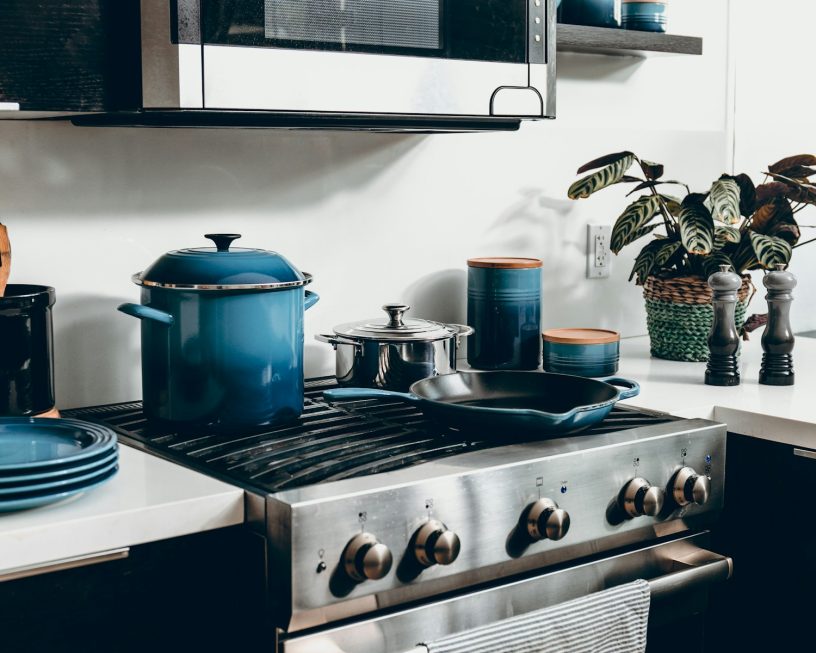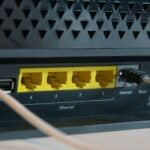Key Takeaways:
- Understanding the different types of appliance knobs and their functions.
- A step-by-step guide to replacing appliance knobs in your home.
- Tips on extending the lifespan of your appliance knobs.
Introduction
Appliances are a necessary part of our everyday lives, and their knobs are essential to their functioning. Imagine trying to cook a meal without being able to control the burner or set your washing machine without selecting the proper cycle. Appliance knobs are essential for these actions, providing a simple interface between you and the appliance’s functionality. However, over time, these knobs can wear out or get damaged, making replacement necessary. For instance, finding stove knobs for Samsung appliances can ensure your kitchen stays functional without disruption.

This tutorial teaches how to quickly detect and replace worn-out appliance knobs, ensuring efficient household operation and long-term savings of time and money.
Types of Appliance Knobs
There are several types of appliance knobs available, each serving different functions depending on the appliance. Knowing these things can help you select the correct replacement when the time comes. Some common types include:
- Oven Knobs: Typically control temperature and function settings. These knobs allow you to set the desired baking temperature and switch between baking, broiling, and other oven functions.
- Stove Knobs: Used for controlling burner flames. These are essential for regulating the heat level for cooking, ensuring you can simmer, sauté, or boil with precision.
- Washing Machine Knobs: Control water levels, temperature, and wash cycles. They enable you to customize the washing process according to the fabric type and degree of soiling.
- Dryer Knobs: Used for setting drying times and cycles. These knobs help you select the appropriate drying cycle and time, which is crucial for maintaining the quality of your clothes and ensuring they are dried correctly.
Common Reasons for Replacement
Appliance knobs often need replacement for several reasons, some of which might not be immediately obvious. However, understanding these reasons can help you determine when it’s time to replace your knobs.
- Wear and Tear: Frequent use can cause knobs to become loose or malfunction. Over time, the internal mechanisms that connect the knob to the appliance can wear out, making the knob less effective or even non-functional.
- Accidental Damage: Knobs can break if mishandled. This can happen if a knob is pulled too hard or twisted incorrectly, leading to snapped connections or other forms of damage.
Step-by-Step Replacement Guide
Appliance knob replacement is a simple task that requires little effort and a few essential tools. Here’s how you can do it:
- Turn Off and Unplug: Ensure the appliance is turned off and unplugged for safety. To avoid any electrical mishaps when changing the knob, this step is essential.
- Remove the Old Knob: Carefully pull out or unscrew the damaged knob. Most knobs can be removed simply by pulling them straight out, although some may require a small screwdriver to loosen a set screw.
- Match the Replacement: Make sure the new knob matches the old one in size and fitting. Compare the new knob to the old one to make sure everything fits correctly and performs as planned.
- Install the New Knob: Push in or screw the new knob into place. Ensure it is securely attached and moves smoothly without resistance.
- Test the Knob: Plug the appliance back in and test the new knob to ensure it works correctly. Ensure it controls the appliance as expected and all settings are accessible and functional.








